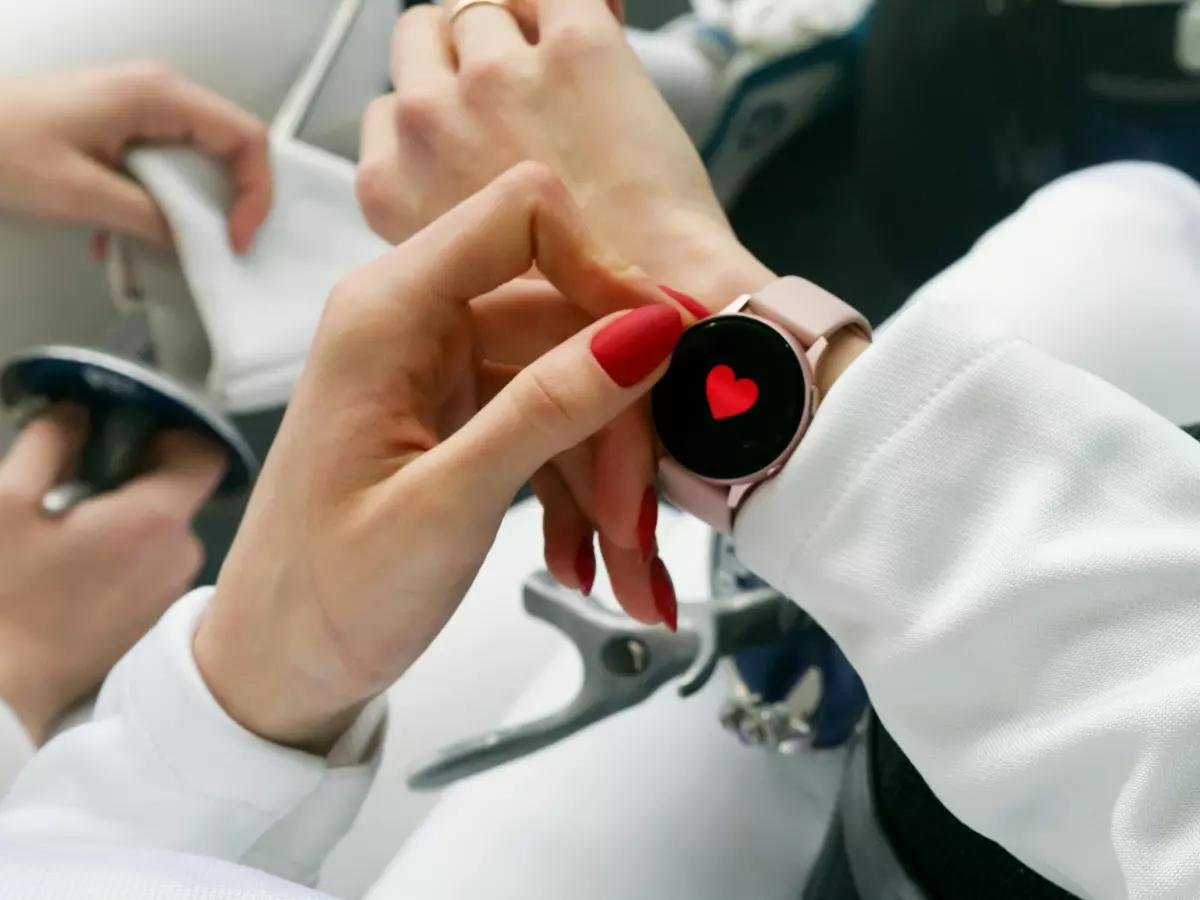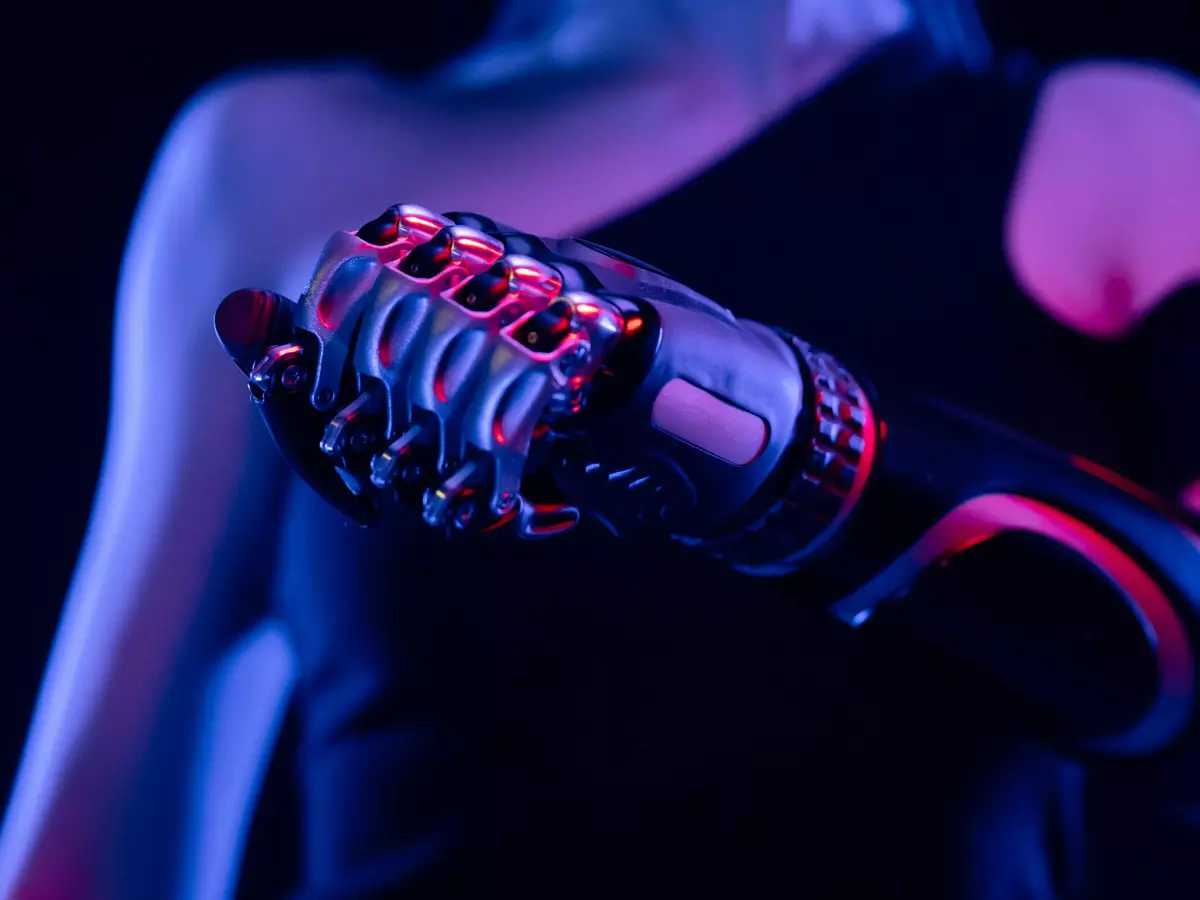Wearable Power Play
Ever wondered how your smartwatch or fitness tracker keeps going despite all the data it’s crunching? It’s not just magic—it’s a delicate dance between sensors, software, and battery life. And here’s the kicker: the sensors themselves might be the unsung heroes behind your device’s impressive battery performance.

By Liam O'Connor
Let’s face it, wearables have become an extension of our bodies. Whether it’s tracking your heart rate during a run or reminding you to stand up after hours of sitting, these devices are constantly working in the background. But how do they manage to stay powered up for days, sometimes even weeks? The answer lies in the intricate relationship between sensors, battery life, and software integration.
It’s All About Efficiency
Wearable devices are packed with sensors—accelerometers, gyroscopes, heart rate monitors, and more. These sensors are constantly collecting data, but here’s the catch: they’re also power-hungry. So, how do wearables keep from draining their batteries in a matter of hours? The secret sauce is in how these sensors are designed to work efficiently with the device’s software.
Modern wearables use a combination of low-power sensors and smart software algorithms to minimize energy consumption. For example, instead of constantly monitoring your heart rate, the device might only check it at intervals, or when it detects that you’re moving. This on-demand approach allows the sensors to “sleep” when they’re not needed, conserving battery life.
Software: The Silent Partner
While sensors do the heavy lifting, it’s the software that orchestrates everything behind the scenes. Think of the software as the conductor of a symphony, making sure each sensor only plays its part when necessary. Advanced algorithms can predict when to activate certain sensors based on your activity patterns. For example, if you’re sitting at your desk, the accelerometer might go into a low-power mode, while the heart rate monitor takes a break.
But it doesn’t stop there. Some wearables even use machine learning to optimize sensor usage. By learning your habits over time, the software can anticipate when you’re likely to need certain features, further reducing unnecessary power consumption.
Battery Tech: The Unsung Hero
Of course, none of this would be possible without advancements in battery technology. Today’s wearables use lithium-ion batteries, which are lightweight and capable of holding a charge for extended periods. But even the best battery tech would fall short without the efficiency gains provided by smart sensor management.
Interestingly, some wearables are now exploring alternative power sources, such as solar charging or kinetic energy harvesting, to further extend battery life. While these technologies are still in their infancy, they represent an exciting frontier in wearable tech.
The Future of Wearable Efficiency
So, what’s next for wearables? As sensors become even more advanced and software algorithms more sophisticated, we can expect wearables to become even more efficient. Imagine a future where your smartwatch never needs to be charged because it’s powered by your body’s own movements or the sun’s rays. It’s not as far-fetched as it sounds.
In the meantime, the current generation of wearables is already a marvel of engineering, balancing the demands of sensors, battery life, and software integration. The next time you glance at your wrist to check your steps or heart rate, take a moment to appreciate the complex dance happening just beneath the surface.
Wearables are only going to get smarter, more efficient, and—dare I say it—more essential to our daily lives. The future of wearable tech is bright, and it’s powered by the perfect harmony of sensors, software, and battery innovation.




